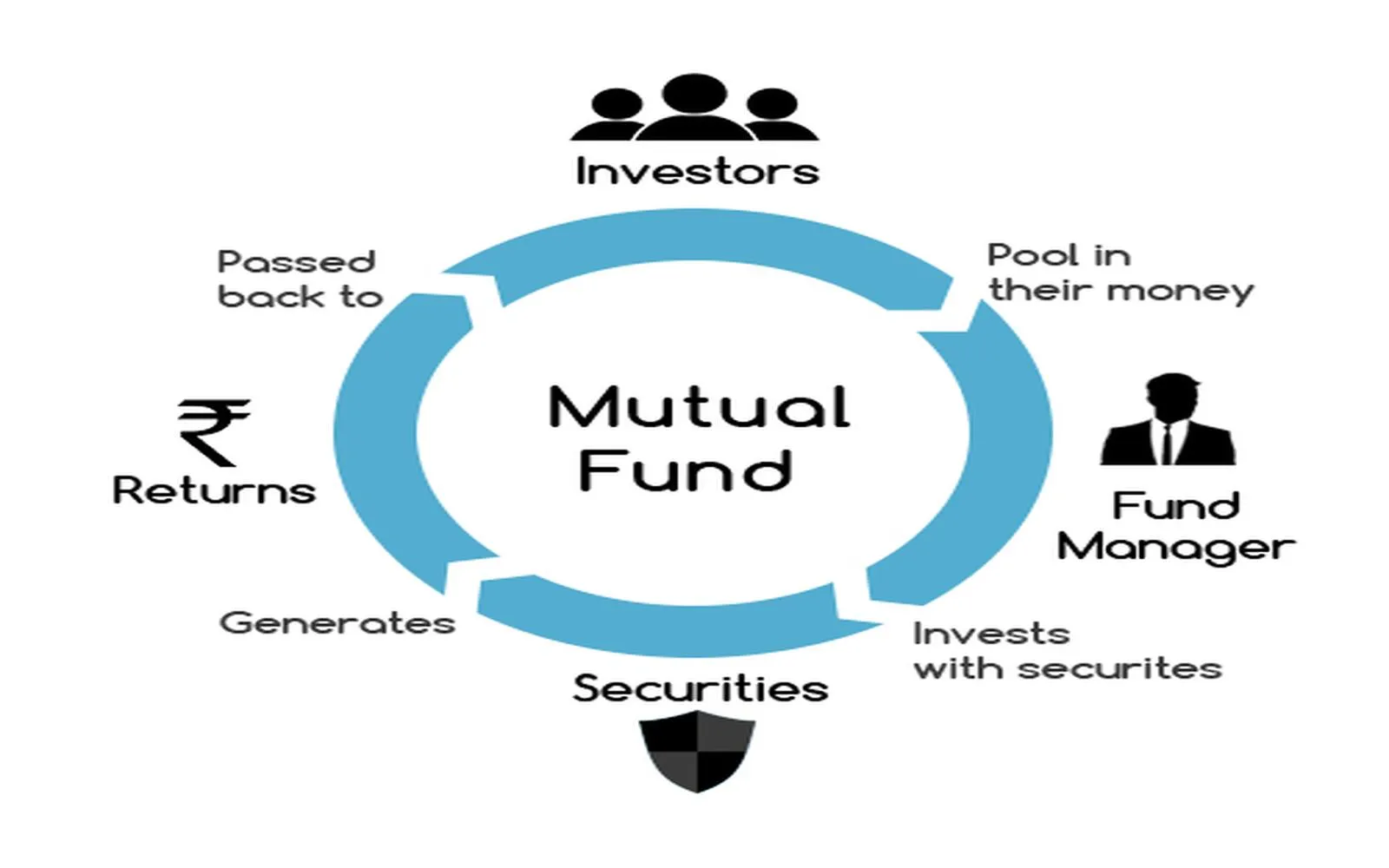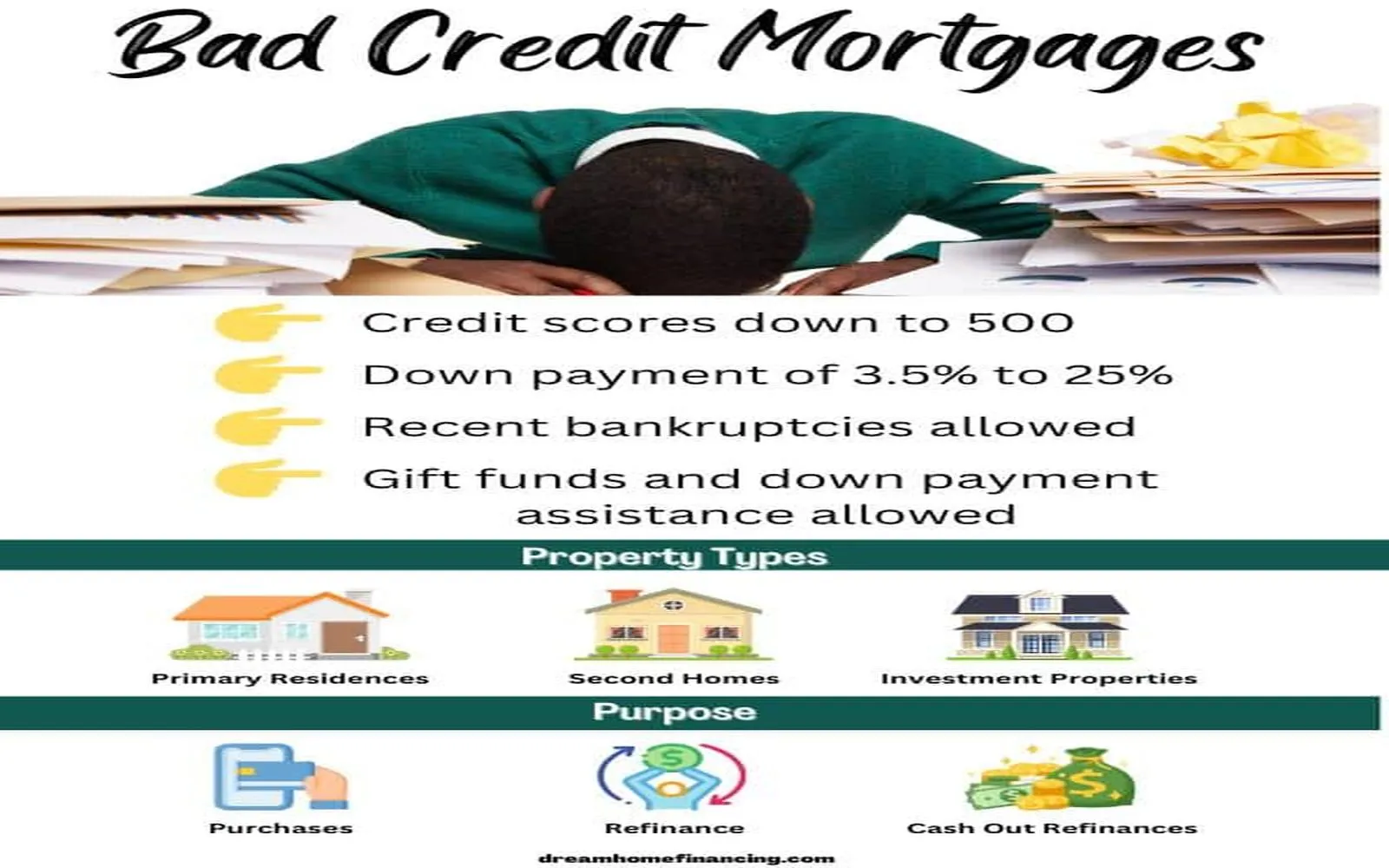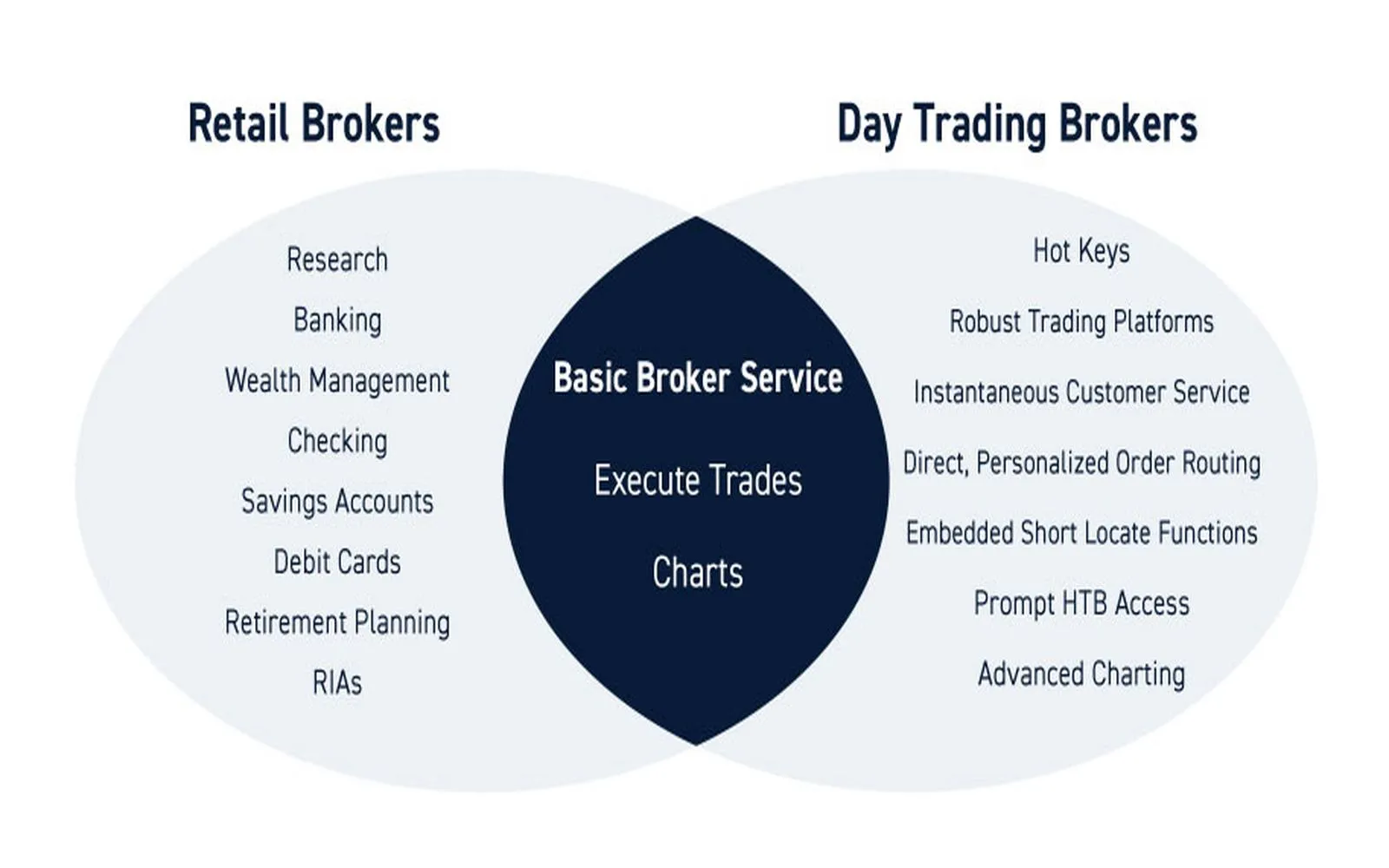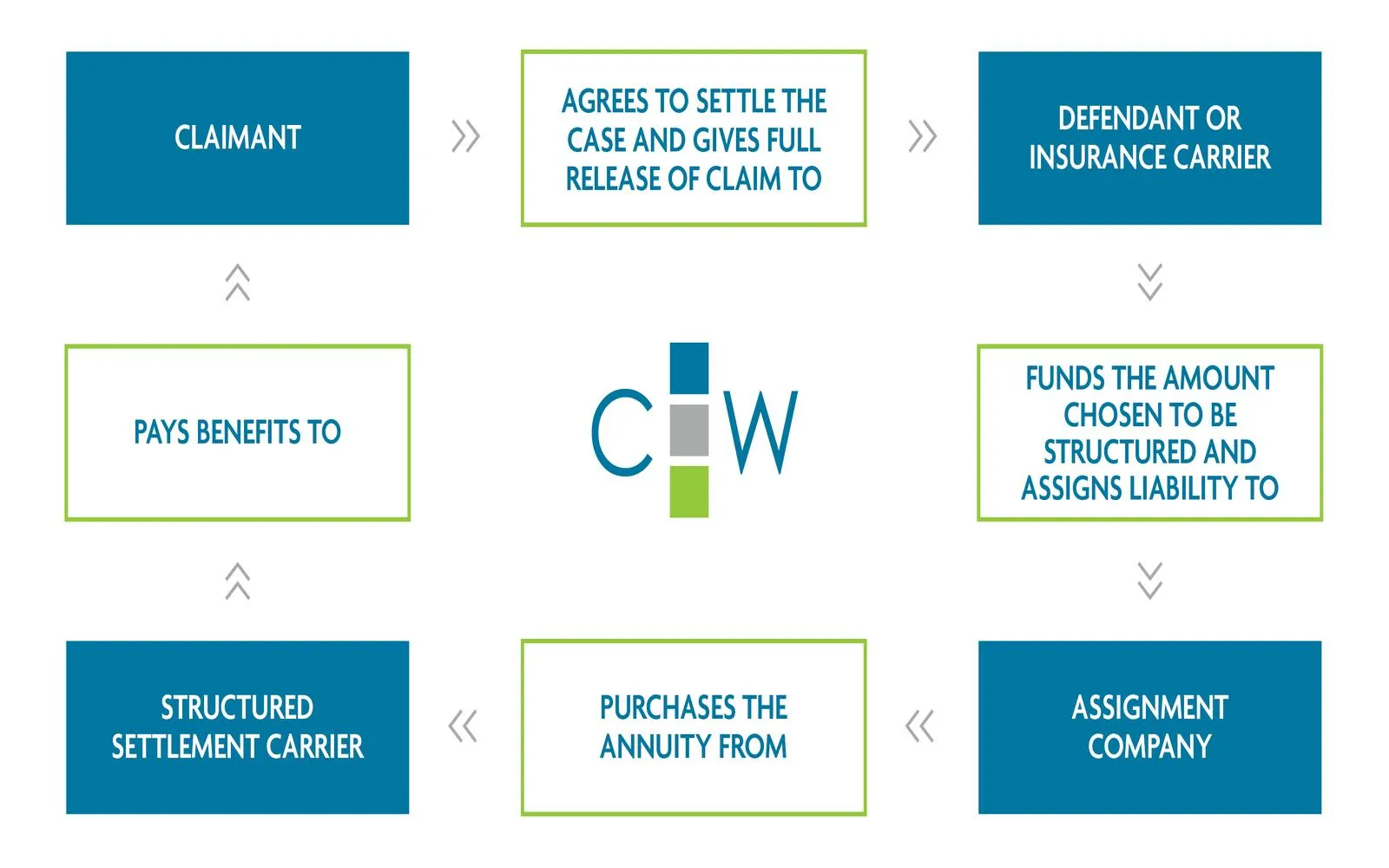Investing has always been a double-edged sword, with the potential for substantial returns often accompanied by the risk of losing capital. One of the most pervasive myths in the investment world is the idea of zero-risk investments. Many investors, especially those new to the market, yearn for a way to grow their wealth without the anxiety of potential losses. However, it's essential to understand that all investments carry some degree of risk, including those categorized as low-risk investments. In this article, we will explore this myth, provide insights into what constitutes low-risk investments, and guide you on how to navigate the investment landscape effectively.
The Allure of Zero-Risk Investments
The concept of zero-risk investments is appealing because it promises safety and security. Investors often fantasize about options that guarantee their principal amount while still offering decent returns. This desire leads many to believe in products like government bonds, high-yield savings accounts, and certain types of insurance. While these options are indeed safer than stocks or commodities, it’s crucial to understand that they are not entirely devoid of risk.
For instance, a government bond is often considered a low-risk investment. However, it can still be affected by inflation risk, interest rate fluctuations, and, in rare cases, credit risk. Thus, the notion of zero risk is not only misleading but can also hinder investors from making informed decisions.
Understanding Risk in Investments
Risk in investing can come from various sources, including market volatility, economic conditions, and individual asset performance. Investors must distinguish between different types of risks to make educated choices. The primary types of investment risks include:
- Market Risk: The risk of losses due to fluctuations in the market.
- Credit Risk: The possibility that a borrower will default on their obligations.
- Inflation Risk: The risk that inflation will erode returns over time.
- Liquidity Risk: The risk of not being able to sell an investment quickly without a loss in value.
Understanding these risks is key to recognizing that even low-risk investments are not immune to potential losses. The important takeaway is that risk can be managed but not eliminated.
Characteristics of Low-Risk Investments
Low-risk investments are generally characterized by their stability and predictability. Here are some common types of low-risk investments:
- Government Bonds: Often considered one of the safest investments, they are backed by the government and typically offer lower returns.
- High-Yield Savings Accounts: These accounts provide a small interest rate while keeping your capital safe, but they may not keep pace with inflation.
- Certificates of Deposit (CDs): These time deposits offer fixed interest rates over a specified term, making them safe but relatively illiquid.
- Money Market Funds: These funds invest in short-term, low-risk securities, but returns are generally modest.
While these options are safer than stocks or real estate, they may still involve risks such as inflation risk and liquidity risk, as previously mentioned.
The Role of Diversification
Diversification is a key strategy for managing risk in any investment portfolio. By spreading your investments across various asset classes, you can reduce the overall risk while still aiming for reasonable returns. For example, combining a mix of low-risk investments like bonds with higher-risk assets like stocks can help balance your portfolio.
Consider the following chart that illustrates a diversified portfolio:
| Asset Class | Percentage Allocation | Risk Level |
|---|---|---|
| Government Bonds | 40% | Low |
| High-Yield Savings Account | 20% | Very Low |
| Stocks | 30% | Moderate |
| Real Estate Investment Trusts (REITs) | 10% | Higher |
This chart showcases a balanced approach where low-risk investments form the foundation of the portfolio while still allowing for growth through riskier assets. This strategy can help mitigate the potential downsides of market volatility.
Conclusion: No Such Thing as Zero Risk
In conclusion, the myth of zero-risk investments is just that—a myth. While low-risk investments can provide a buffer against significant losses, they are not without their own set of risks. Investors must approach the market with a clear understanding of the diverse risks involved and adopt strategies like diversification to manage those risks effectively.
Ultimately, the best approach is to educate oneself continually, stay informed about market trends, and consult with financial advisors when necessary. By understanding that all investments carry some level of risk, investors can make more informed decisions and work towards achieving their financial goals with greater confidence.









